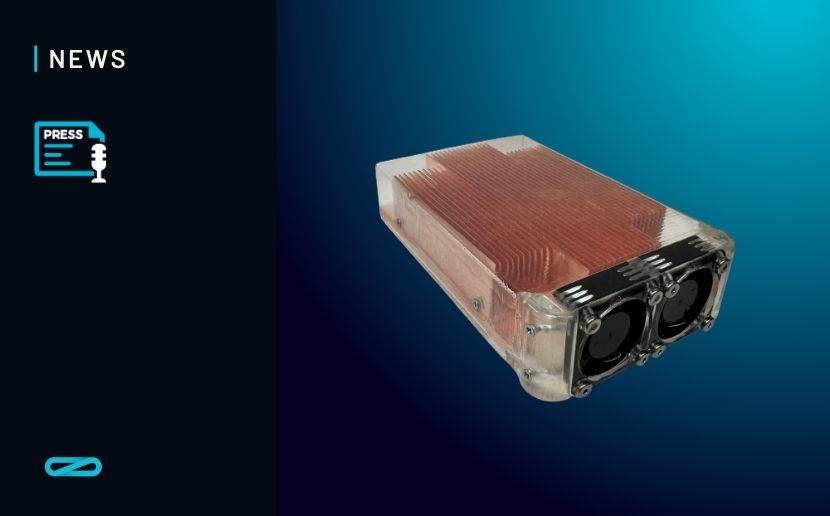Intel and Submer have collaborated to formulate an innovative development in single-phase immersion cooling technology that provides optimal heat dissipation for CPUs up to 1000W. Submer specializes in providing data center solutions worldwide and is engaged in managing cooling solutions for various applications such as HPC, hyperscale, data center, edge, AI, DL, and blockchain.

As technology advances in the AI industry, the power consumption of individual components increases significantly. This requires solving problems related to the heat generated by such components. Intel and Submer have now made a major advance, which they call the Forced Convection Heat Sink (FCHS) package. This package aims to take heat dissipation to the next level.
Many have challenged the technological runway of single-phase immersion cooling. The Forced Convection Heat Sink is the undeniable proof that immersion is here to compete head-on with other liquid cooling technologies, including Direct Liquid Cooled water-based cold plates.
-Daniel Pope, Co-Founder and CEO of Submer
Although the official working mechanism of the technology has not been disclosed, it is known that FCHS harnesses the power of liquid cooling processed in two cold plates. This not only improves heat transfer, but also helps the cooling process. Intel and Submer have already been able to run an undefined Xeon processor at 800W, getting closer to the milestone of running a CPU at 1000W.
Pure Innovation
The FCHS package combines the efficiency of forced convection with passive cooling, enabling the cooling of high TDP CPUs and GPUs in single-phase immersion systems. Its fail-proof design also enables natural convection in the event of propeller failure.
Cost-Efficiency
The FCHS is not only highly efficient but also cost-effective. Its components are cheap to manufacture and even present the possibility of being 3D printed.
Versatile integration
Designed for easy retrofitting into any existing server and immersion tank setups, the FCHS empowers datacenters to quickly handle high-density compute workloads.
Competitive Thermal Performance
The FCHS delivers thermal resistances that rival those of Direct Liquid Cooling (DLC), making it a formidable competitor in the liquid cooling landscape. If desired, the package returns thermal management to the server by enabling BIOS PWM control.
Future-Proof
This technological breakthrough paves the way for even higher TDPs and future collaborations, solidifying single-phase immersion as a leading cooling solution.
The FCHS system is said to not only offer improved cooling, but also to be cost-effective. Thanks to its simple structural design, it can even be 3D printed. In addition, the mechanism can be easily integrated into any system, be it a server or individual submerged tank setups. The companies involved see this as a groundbreaking breakthrough for the server industry, as a high-performance cooling mechanism will help achieve high TDP targets and exceed the 1000-watt limit.
The FCHS package will be officially unveiled at the OCP Global Summit, which will be held Oct. 17-19. It remains to be seen what further information and details will be announced there.
Source: Submer































3 Antworten
Kommentar
Lade neue Kommentare
Urgestein
Veteran
Urgestein
Alle Kommentare lesen unter igor´sLAB Community →